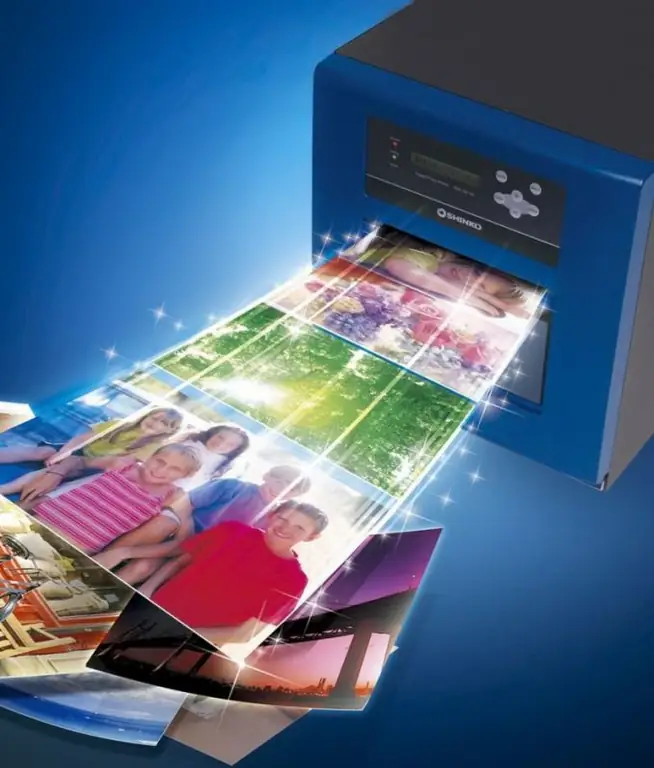Modern operating systems have their own database of drivers for peripherals. In some cases, this allows you not to install special software for working with printers and MFPs.

Necessary
Access to the Internet
Instructions
Step 1
First, try updating your drivers using the standard automatic method. Turn on the personal computer and wait for the operating system to load. Now connect the printer to the PC using a USB to USB cable (b).
Step 2
Connect the printer to AC power. Turn on the printing device. After a while, a message stating that a new device has been detected will appear on the computer monitor. Wait while the system picks up and installs the driver files to ensure stable operation of the printer.
Step 3
If this does not happen, add new equipment yourself. Open the Start menu by pressing the desired keyboard button. Select the "Devices and Printers" submenu. Select the Add Printer option located at the top of the window.
Step 4
This method is typically used to discover and connect a network printer or device that connects to a computer wirelessly. Select the second item and wait until the scan for available devices is complete. Select the desired printer icon with the left mouse button and click the "Add" button.
Step 5
Open an Internet browser and go to the website of the company that developed the printer you are using. Enter the model name of your printing device in the search bar. Select from the options provided a driver package that matches the operating system you are currently using.
Step 6
Download files using browser functions. Now go to "Device Manager". To do this, open the System Properties menu and select the required link. Find your printer among other devices and open the hardware properties.
Step 7
Go to the Driver tab and click Update. Specify the directory where you saved the files from the site. Reboot the printer after updating the drivers.






